British colonies in America
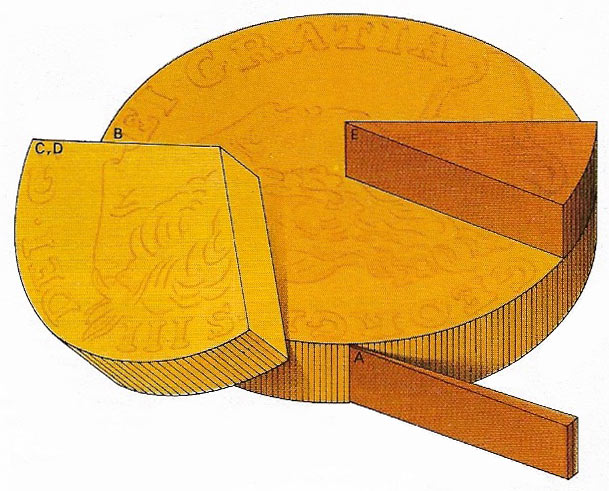
Figure 1. During the 17th century, the British colonies in North America had had the right to tax themselves embodied in their charters and had thwarted attempts by the British to obtain any more revenue from them. But in 1763, faced with heavy debts and the need to support a standing army in North America, Britain tried to relieve some of the burden by imposing a series of taxes on the colonies without consultation. The taxes fell far short of Britain's revenue expectations but they aroused the colonists in defence of their traditional rights and "Taxation without representation I'd tyranny!" Became a rallying cry of the revolutionaries.
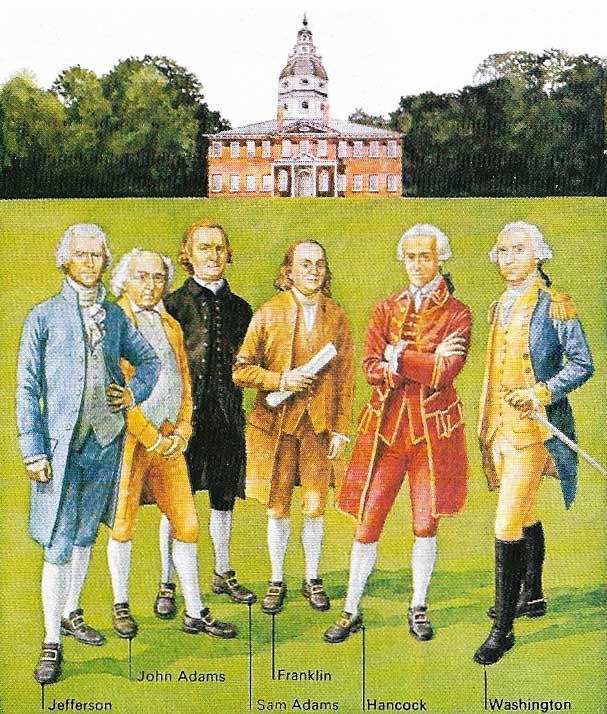
Figure 2. The Continental Congress, which met in Philadelphia on 5 September 1774, was a gathering of delegates from 12 colonies (Georgia did not attend until the following year) called to prepare a declaration condemning British actions. There was little talk of independence, but the government in Britain reacted strongly, treating the actions of the Congress as rebellion. When the Second Congress met a year later, fighting had broken out and it was rapidly accepted as the effective governing body of he rebels. Although it has no statutory powers, it managed to maintain its position of leadership. It was the Congress that took the vital steps to issue the Declaration of Independence and to move towards a federal constitution.
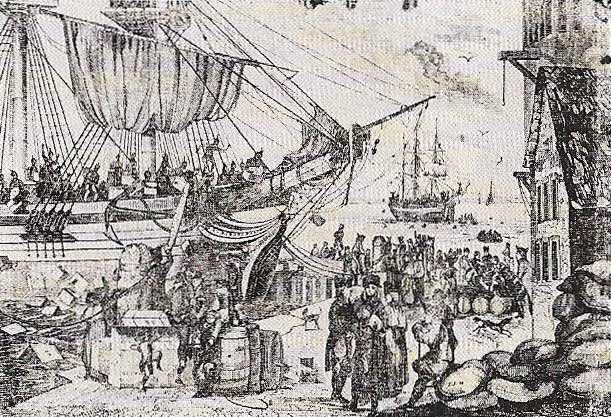
Figure 3. On 16 December 1773 about 50 colonists disguised as Indians boarded three British ships in Boston harbour and dumped their cargoes of tea overboard to discourage enforcement of a tea tax. British reprisals, including a commercial blockade of Boston, led to the calling of the Continental Congress.
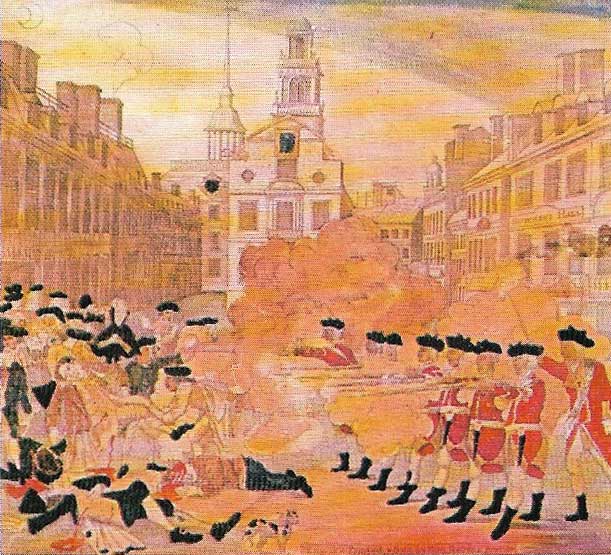
Figure 4. The "Boston Massacre" was the first violent clash between colonists and British troops. Three men were killed and two seriously wounded when troops who had been jeered at and attacked by a Boston crowd, opened fire without orders.

Figure 5. British "redcoats" were well-trained professional soldiers who were generally superior in conventional battles to the imperfectly trained American volunteers. It was George Washington who kept the armies in existence despite repeated disappointments and who used the American skill in guerrilla tactics to wear down the British until they could be outmaneuvered.

Figure 6. John Burgoyne surrendered a British army trapped at Saratoga to Horacio Gates in October 1777 after a forlorn attempt to invade the 13 colonies from Canada. The news of American victory encouraged the French to ally with the rebels.
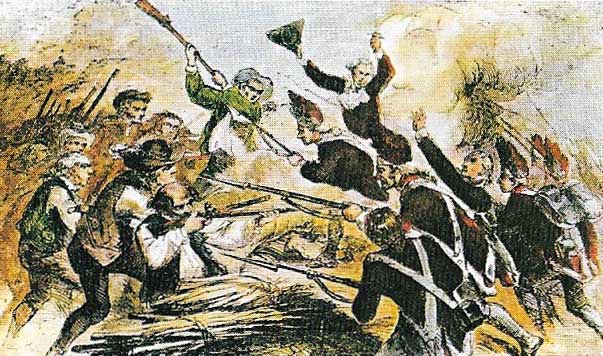
Figure 7. At the Battle of Bunker Hill, outside Boston on 17 June 1775, the Americans twice drove back British assaults before retreating. The first major battle of the revolution, it was an expensive British victory, in which the Americans proved that they could fight.

Figure 8. A primary objective of the Constitution was to establish a balance of power between the executive (the president), the legislature (Congress) and the judiciary (Supreme Court) to prevent the emergence of tyranny. Much political power was reserved for the states, represented in Congress by senators.

Figure 9. The 13 colonies in America were the seeds from which the United States grew. Resentful of British taxes and repressive measures, stirred by the attractions of liberty and independence, the joined together in 1776 to declare themselves and independent nation.
The American Revolution was both a rebellion and an act of nation-building. It was a political upheaval in which Britain's 13 Atlantic coast colonies in America gained their independence and formed the embryonic United States. The Revolution was also the first national struggle in modern times for the rights of the individual and the establishment of democratic government.
The British colonies
The Treaty of Paris of 1763, which ended 70 years of colonial wars between Britain and France, gave the British complete victory in North America and control over vast new territories in Canada and as far west as the Mississippi. It caused fundamental changes in attitude both in Britain and in the 13 colonies. The colonists were now rid of the great external threat that had made them rely on Britain for defence. Since Britain was spending large sums to defend the new territories, it was felt that the terms of trade with the colonies should be revised so as to improve their profitability and to increase the local contribution to defence.
To achieve this a Sugar Act was passed in 1764 and a Stamp Act in the following year; and wider use was made of Admiralty courts in their enforcement (Figure 1). The colonies reacted strongly, demonstrations and rioting broke out, and a congress was called in New York which defined the major objections; first that the acts had been imposed by the British Parliament in which the colonists had no representation, and secondly that the colonists, like all British subjects, should have the right to trial by jury, not by arbitrary courts. Such was the opposition that the Stamp Act was repealed in 1766. But on the same year, a Declaratory Act was passed which asserted that Britain had the right to legislate for the colonies if it so wished.
A year later, this right was put into force with a series of acts taxing glass, lead, paper and tea. Widespread unrest followed, climaxing with the "Boston Massacre" (Figure 4) in 1770. Most of the acts were repealed, but in 1773 another Tea Act was passed giving favorable trading terms to the East India Company. The Colonists again objected and at the "Boston Tea Party" a cargo of tea was dumped into the harbor (Figure 3). In Britain, acts were passed putting the government of Boston under direct British control.
First Continental Congress
When his became known, representatives of the colonies (except Georgia) met in 1774 at the First Continental Congress in Philadelphia (Figure 2), where a petition was drafted insisting that there should be no taxation without representation. The Congress also prepared an association between the colonies which would regulate their own trade. The British government, led by Lord North (1732–1792), replied that a state of insurrection now existed in the colonies. Both sides prepared for war.
The first fighting took place on 19 April 1775 when Massachusetts militiamen fired on British troops at Lexington and Concord. An attempt by militia to prevent the British improving their defences around Boston led to the Battle of Bunker Hill (Figure 7) on 17 June. A Second Continental Congress met and established an army with George Washington (1732–1799) as its commander. As royal government collapsed, the Congress took over as the governing body.
On 4 July 1776, the Congress institutionalized the break with Britain by passing the Declaration of Independence, which gave a valuable boost to American morale, but had little immediate effect on the precarious position of the ex-colonies with their coasts and trade blockaded by British sea power and with their small, ill-trained forces faced by professionals (Figure 5). However, the British commanders made only fumbling attempts to seize the initiative and a force under General Burgoyne (1723–1792) was forced to surrender at Saratoga (Figure 6).
 |
| Thomas Paine (1737–1809) emigrated to Philadelphia from England in 1774 and soon became one of America's most influential revolutionaries. His pamphlet Common Sense and his Crisis papers profoundly stirred popular sentiment in the county with their impassioned pleas for liberty, condemnation of tyranny and powerful arguments favouring American independence. His tracts were often read to Americans soldiers to bolster morale during the war. |
Victory for the colonists
This victory was crucial in persuading France to send a fleet to help the Americans in April 1778 and to declare war on Britain in July. With their naval communications now threatened, the British fell back from Philadelphia, and Washington was able to contain them around New York. The British then attempted to switch the center of the war to the southern states of Georgia and South Carolina. Meanwhile, Washington was working steadily to build up strength of his army, and when an expedition led by General Cornwallis (1738–1805) attempted to link up with British forces in the north, it was cut off and forced to surrender at Yorktown on October 1781.
 |
| Scottish-born John Paul Jones (1747–1792) took the revolution to sea by raiding British shipping. Called upon to surrender when his vessel Bonhomme Richard was battered by HMS Serapis, John replied, "I have not yet begun to fight" and went on to capture Serapis. |
This defeat convinced the British that the war must be ended. Negotiations were begun in Paris with an American delegation led by Benjamin Franklin (1706–1790) and John Adams (1735–1826) and peace was formally ratified in September 1783.
Immediately after hostilities ended, steps were taken to forge a sense of American nationalism from the shaky wartime unity of the now independent states. A federal constitution, drawn up in 1787, became effective in 1789. A Bill of Rights was added in 1791 to protect the rights of individuals. The success of the Revolution encouraged and inspired democratic and libertarian movements elsewhere in the world during the following decades, particularly in Europe and notably in France, where revolution took place a few years later.
